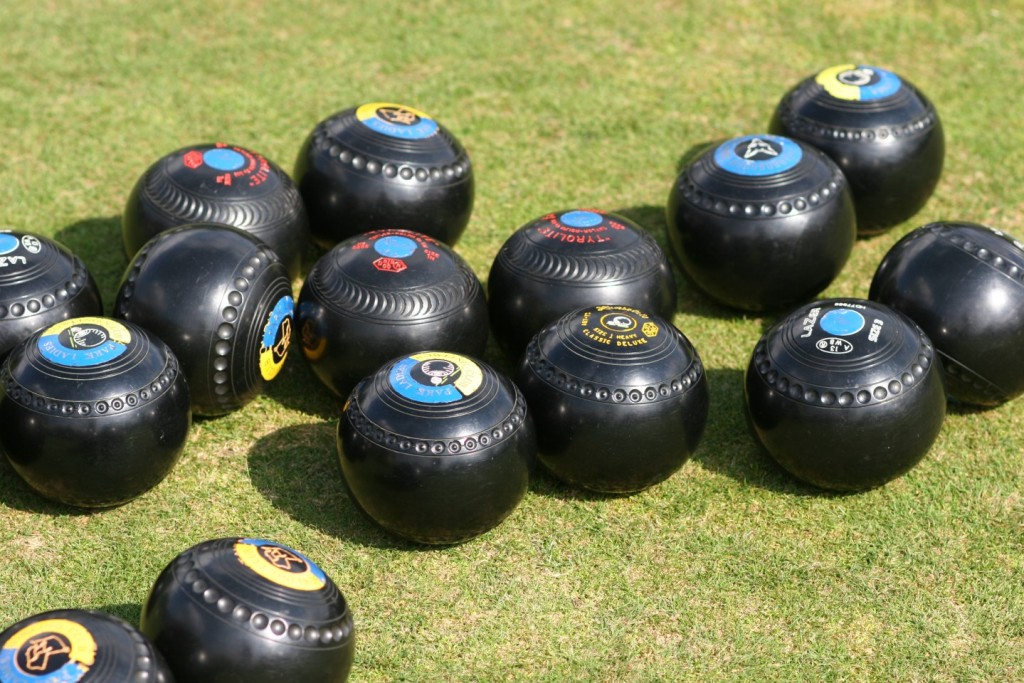What do we mean by Bowling Green Performance?
Bowlers look for certain characteristics in a green and they despair of certain others. Over 37 years of greenkeeping and teaching greenkeepers I have come to notice that bowling green performance comes down to just 3 major characteristics that can be influenced and manipulated almost at will by skilled greenkeepers who have a deep understanding of how the green stuff below their feet actually works. The 3 bowling green performance factors that affect the run of the wood are Green Speed, Green Trueness and Green Smoothness.
Green Speed
Possibly the single best understood and simultaneously misunderstood factor in bowling green performance is green speed. Can you gently cajole your wood up the green to nestle against the jack or do you need to hoof it to get it past the middle or anywhere near the jack, just taking your chances as to where it ends up?
A fast green helps good players to excel by using their skill and experience to play shots that just wouldn’t work out on a slow surface.
Green Trueness
However, the pace of the green matters not a jot if the surface isn’t true. The trueness of a bowling green is often called into question by bowlers. Just when you think you are performing at your highest level of ability all season, you visit a green where you just “can’t find the roads”, or when you do, and your most sweetly delivered shot suddenly swerves off line and stops a meter away from where you thought it should. Green Trueness is a measure of how much horizontal, (side to side) movement of the wood is induced by discrepancies in or on the green surface.
Green Smoothness
Green Smoothness is often noticed when the greenkeeper would rather it wasn’t i.e. when its not smooth enough! Smoothness is the third and last major factor in green performance and is defined by how much vertical deviation (bounce) the wood encounters on its way to the jack. Smoothness can also contribute to the wood going off line or against the draw.
Do you want 3 things to worry about or just 1?
It seems fanciful that bowling green performance can be boiled down to just these 3 attributes of the turf doesn’t it?
Yes, it sounds too easy by far, but the real trick is in knowing how to get the green smooth, true and fast, consistently in the first place and for that you need to concentrate your efforts on just 1 issue and that is thatch.
The Problem with Thatch
The condition of many bowling greens has deteriorated as a result of conventional, reactive greenkeeping and if that isn’t enough to convince clubs to return to a more natural greenkeeping program, then the potential to reduce the most expensive physical work and treatments should be.
The build up of thatch isn’t a natural phenomenon; you won’t see thatch on natural grasslands or even on less intensively managed amenity turf. Thatch builds up simply because there isn’t enough life in the soil to recycle it into humus, where it becomes a key player in the Nitrogen Cycle.
Thatch and Green Speed
Thatch and Green Trueness
Thatch is the main cause of complaints about straight hands, bad runs and dodgy rinks.
Thatch and Green Smoothness
In addition to the sapping of speed and deviations in the direction of the shot, thatch causes vertical deviation of the shot due to bumpiness on the green surface.
Quick Start Guide to Improving Green Performance
- Evaluate your Green using my 3 part step by step guide here.
- Stop using High Salt Mineral Fertilisers as they kill off the life in the soil and they encourage Poa annua
- Stop using blanket applications of fungicides as they kill off essential beneficial fungi in the soil
- Thatch is caused by the wrong maintenance. You can reduce thatch whilst doing less and spending less.
Free eBook on Green Performance
There’s a free eBook on Bowling Green Performance in the welcome email when you join the Bowls Central email list
Free Help
I’m here waiting to help you with any green performance or greenkeeping problem. Just drop me a line anytime. Support is free and unlimited.

